Terrorist group Hamas has a long and storied history of using civilians as human shields in their battles against Israel, and the current war in Gaza is no exception. Now, at least some civilians are resisting efforts to weaponize them.
A New York Times report details the story of Nasser al-Zaanin, a civilian living in northern Gaza who was forced to flee his home with his family in October because of the war. He and his sons and grandchildren moved into a school that is being used as a shelter in the town of Deir al Balah.
There, at the Abdul Kareem al-Aklouk school in the town of Deir al Balah, he helped set up a system of committees to improve life for families who had taken refuge. The committees oversaw food, water and medical needs, and they had one red line: No armed men were allowed in the compound.
Residents, already forced to evacuate their homes because of Israel’s intense bombardment, wanted to avoid becoming a target for Israeli forces hunting down Hamas militants. Every few days in recent weeks, Israel has hit a school building turned shelter where it has said militants are hiding, including on Saturday, when it struck two compounds in northern Gaza that it said Hamas was using as a military base.
Early in the conflict, Mr. Zaanin said, Hamas had wanted to station police officers at the shelter where he was staying. The group said it would ensure security, but he said the residents had gathered to stop that.
“All the families agreed,” said Mr. Zaanin, 56, who once worked as a civil servant for the Palestinian Authority in Gaza.
“We simply want to save all families, women and children and not let there be any potential threat against us because of the existence of police and members of the Hamas government,” he said. The police, Mr. al-Zaanin added, could stand outside the building but not inside.
Other Palestinians taking refuge in school shelters have taken the same approach, refusing to allow Hamas terrorists to intermingle with them to deter attacks coming from the Israeli Defense Forces (IDF).
Saleh al-Kafarneh told The Times that they “will quickly kick out anyone who has a gun or a rifle out of this school” and that the community would not “allow anyone to ruin life here, or cause any strike against those civilians and families.” One even suggested he would “fight any armed men if he found them in a school shelter,” according to The New York Times.
This is not the first reported instance of Palestinian civilians pushing back against Hamas, which has controlled the region since 2007. A large group of civilians in Gaza staged a march in January chanting anti-Hamas slogans. “The people want to overthrow Hamas,” the people shouted.
Major General Ghasan Alian, coordinator of government activities in the region, explained that they are seeing “more and more evidence of public criticism voiced by the residents of Gaza against the terrorist organization Hamas” and noted that Palestinians in Gaza “rightly prefer their well-being and the safety of their children over the continued military strengthening of Hamas and the terrorist activities that harm them and their future.”
Hamas has employed the human shield strategy for decades despite the fact that they are placing noncombatants at great risk. They house Hamas in areas like schools, hospitals, and other places where there is a significant civilian presence. The group stores their weapons and rockets near these areas as well.
The tactic creates a win/win outcome for the terrorist group. If the IDF decides not to strike in a certain area because of the inevitable civilian deaths, it means the terrorists can continue to fight. If Israel does conduct a strike that results in civilian deaths, Hamas and its allies across the globe can use the deaths to attack Israel on the world stage, blaming it for the loss of life.
While it is not clear how many Palestinians are stepping up to stop Hamas from endangering their lives, this story suggests that at least some civilians have become more willing to resist the terrorist group.
This indicates that Hamas’ control over the region has been severely diminished by the war. Hamas has ruled Gaza with an iron fist, using violent force to suppress any form of resistance. Speaking out against them would normally result in imprisonment or even worse.
The fact that civilians are less afraid to push back on the group seems to indicate that the IDF has weakened it to the point that it has become harder for the terrorists to force their will on the populace. This could be a more significant development in the not-too-distant future as the IDF continues to chip away at Hamas’ stranglehold on Gaza.
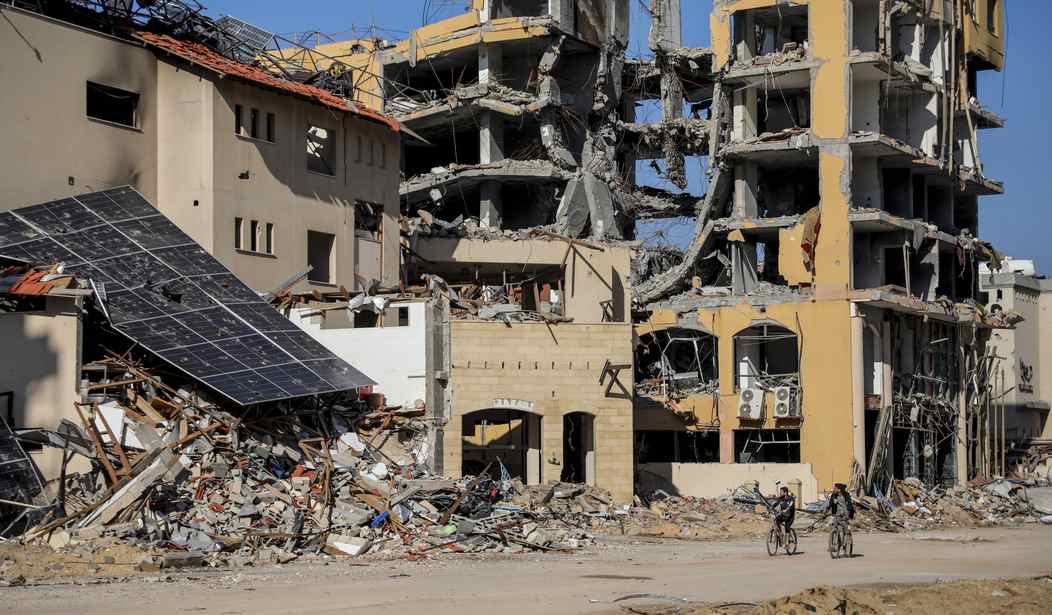


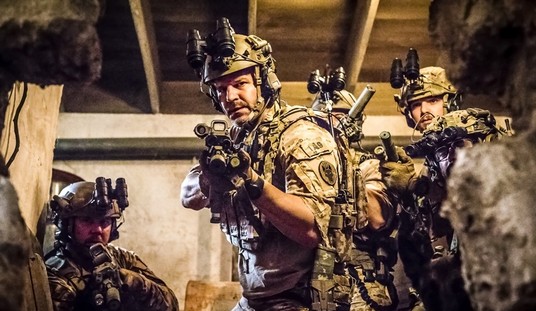




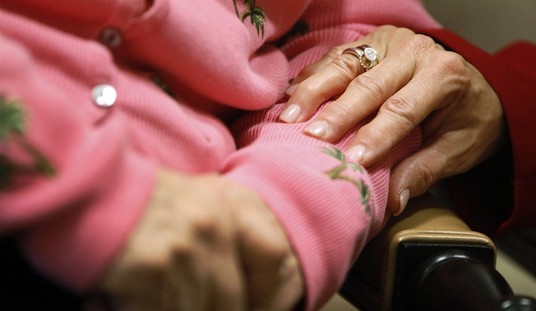

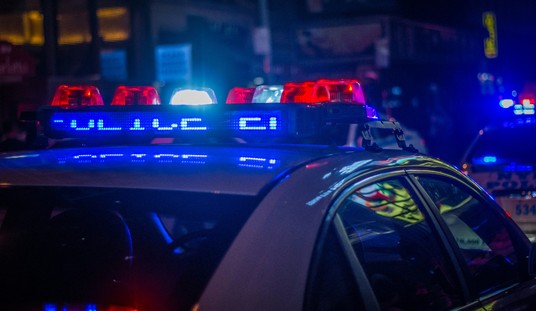

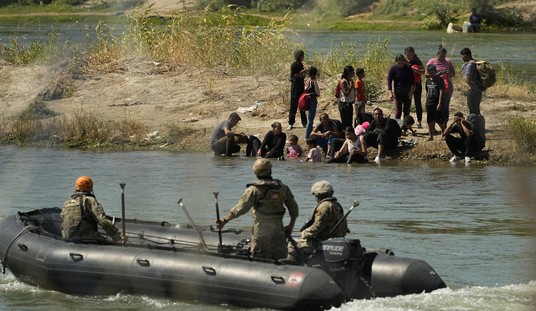

Join the conversation as a VIP Member